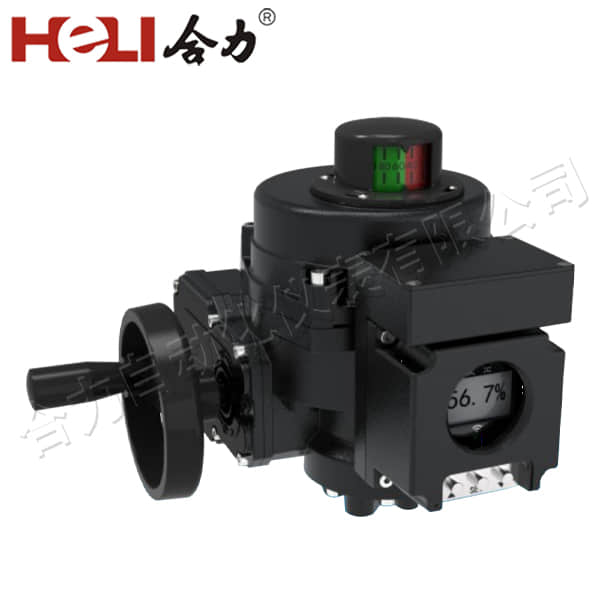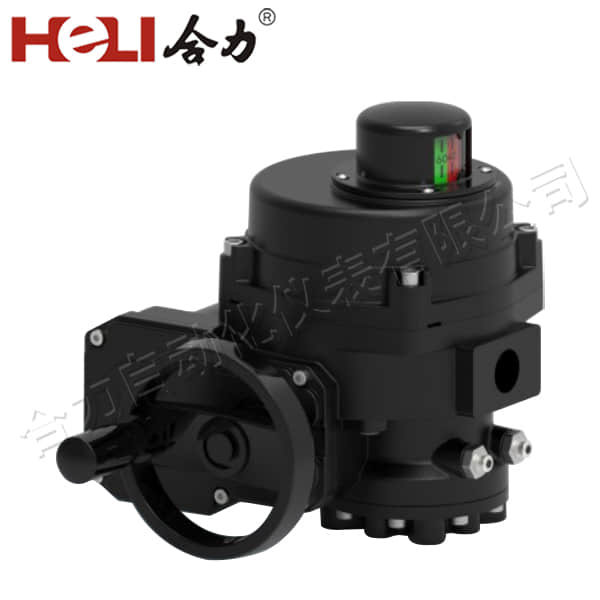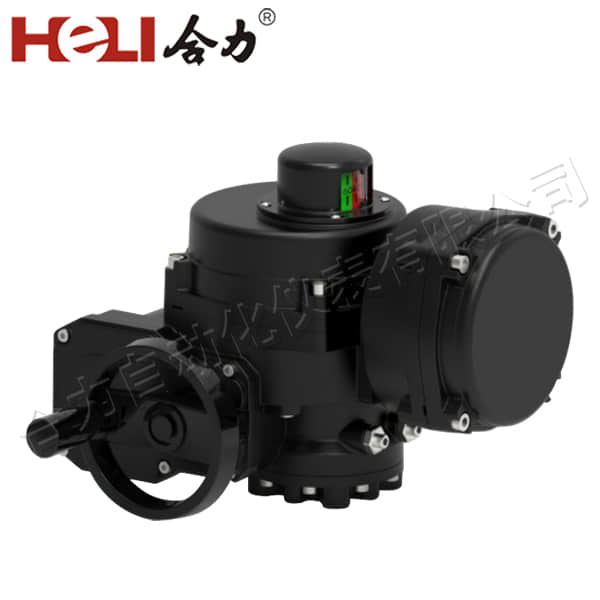understanding electric actuators: a key component in modern automation
Release time:2024-11-30 01:40:41
Electric actuators are crucial devices in modern automation systems, transforming electrical energy into mechanical motion to control various processes across numerous industries. Their precision, reliability, and efficiency make them preferred choices over traditional pneumatic or hydraulic actuators in many applications. This article delves into the workings, advantages, applications, and future trends of electric actuators.

How Electric Actuators Work

At their core, electric actuators consist of a motor, which can be either an AC or DC motor, coupled with a mechanical system that converts the motor's rotational motion into linear or rotary motion. The most common types include: Linear Actuators: These actuators produce linear motion, often used in applications where precise positioning is necessary. They are equipped with screw drives, belt drives, or other mechanisms to achieve this motion.




